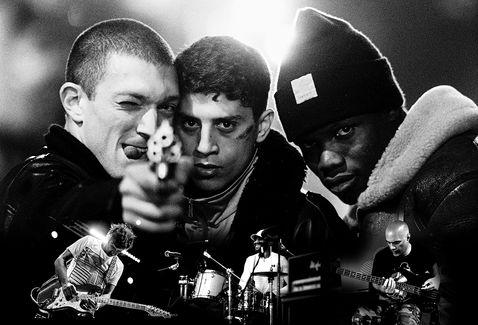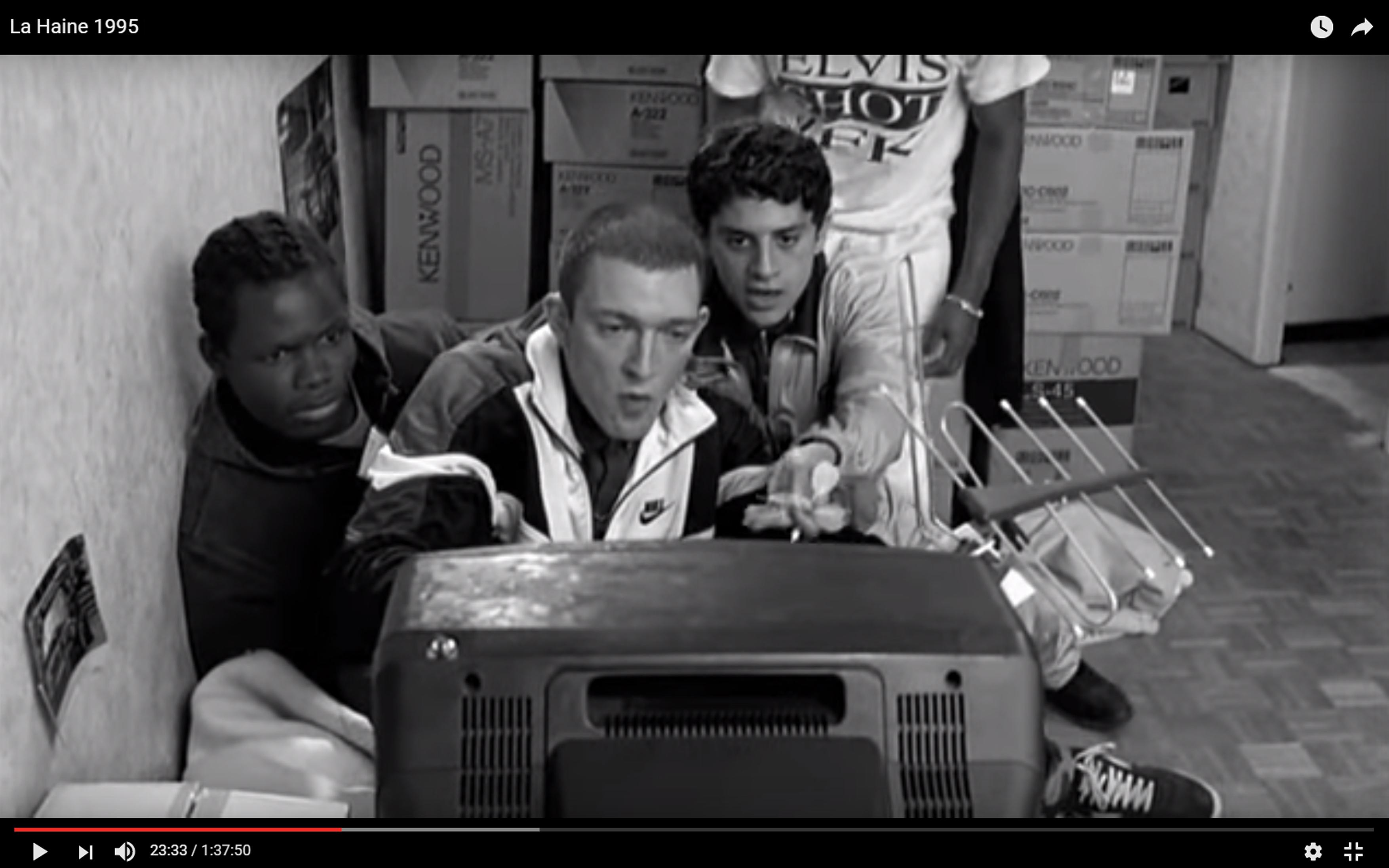

For Kassovitz, however, they were no cause for laughter. More than three hundred mortal “slipups” have been recorded since 1981-common enough to have become a topic for comic films. He wondered in an interview “how a guy could get up in the morning and die the same evening in this way.” M’Bowole’s officially accidental death is one of the many bavures that have plagued the French police in recent decades. Kassovitz started writing the script of La haine on April 6, 1993, the day Makome M’Bowole, a young man from Zaire, was shot while in police custody in the eighteenth arrondissement of Paris. This black-and-white chronicle of twenty-four hours in the life of a mixed-race young male trio from a run-down banlieue has resonated ever since. The explosive contents of the film, its unusually young creative team (Kassovitz and the three lead actors were all in their twenties), the fact that it won the prestigious best director prize at Cannes, its huge popular success, and the media circus that followed turned La haine into aphénomène de société that reached beyond its cinematic value.
La haine 1995 movie#
You can see why this movie struck a chord with movie-goers and politicians alike, reflecting on the prejudice faced by migrant communities that are in France and the rest of Europe even in the present day.The convergence of Mathieu Kassovitz’s film and social unrest, however, was nothing new: at the time of its release in 1995, La haine was already, and controversially, linked to suburban violence and police bavures (slipups). Vinz wants to carry out destructive acts in order to prove a point while Hubert tries to defuse all of the situations.īy the end of the movie viewers a presented with a tragic conclusion highlighting the cycle of racial division and police brutality.Īs Hubert says, “La haine attire la haine” which means hatred breeds hatred.
La haine 1995 series#
In the events that unveil throughout as the group spend a night in central Paris, Kassovitz demonstrates a series of violent situations that pose moral dilemmas. The lack of a colour palette adds to the seriousness of the topic and, looking back at it now, was the right decision from the filmmakers. The characters come from immigrant families living in the commune of Chanteloup-les-Vignes at the outskirts of Paris.Ĭinematographer Pierre Aïm does an effective job with the visuals as the movie is in black and white, which to me symbolises the repetitive monotony of injustices faced by people of colour. Hubert is a boxer whose gymnasium was burnt down during the riots and is looking to leave his district for a better life while Saïd plays the balancing scale between his two friends. Vinz is the angry one looking to avenge Abdel and shares a hatred towards police officers. Kassovitz puts the trio in different scenarios throughout the movie which progressively unwraps the elements of hatred, racial division and social disparity present in their lives. With a 98-minute runtime, the movie is set on one specific day. The story follows three young men who are of Jewish (Vinz), African (Hubert) and Arab (Saïd) descent and are friends of the recently brutalised Abdel. It is said that the director was inspired by several cases of police brutality in France during the late 80s and early 90s and the response to such injustices by minorities living in the banlieues of Paris.

The film opens with a montage of footage from various riots following the hospitalisation of a young man named Abdel Ichacha. Mathieu Kassovitz’s La Haine is a gritty social drama set in Paris covering topics that are still relevant almost 25-years later.


 0 kommentar(er)
0 kommentar(er)
